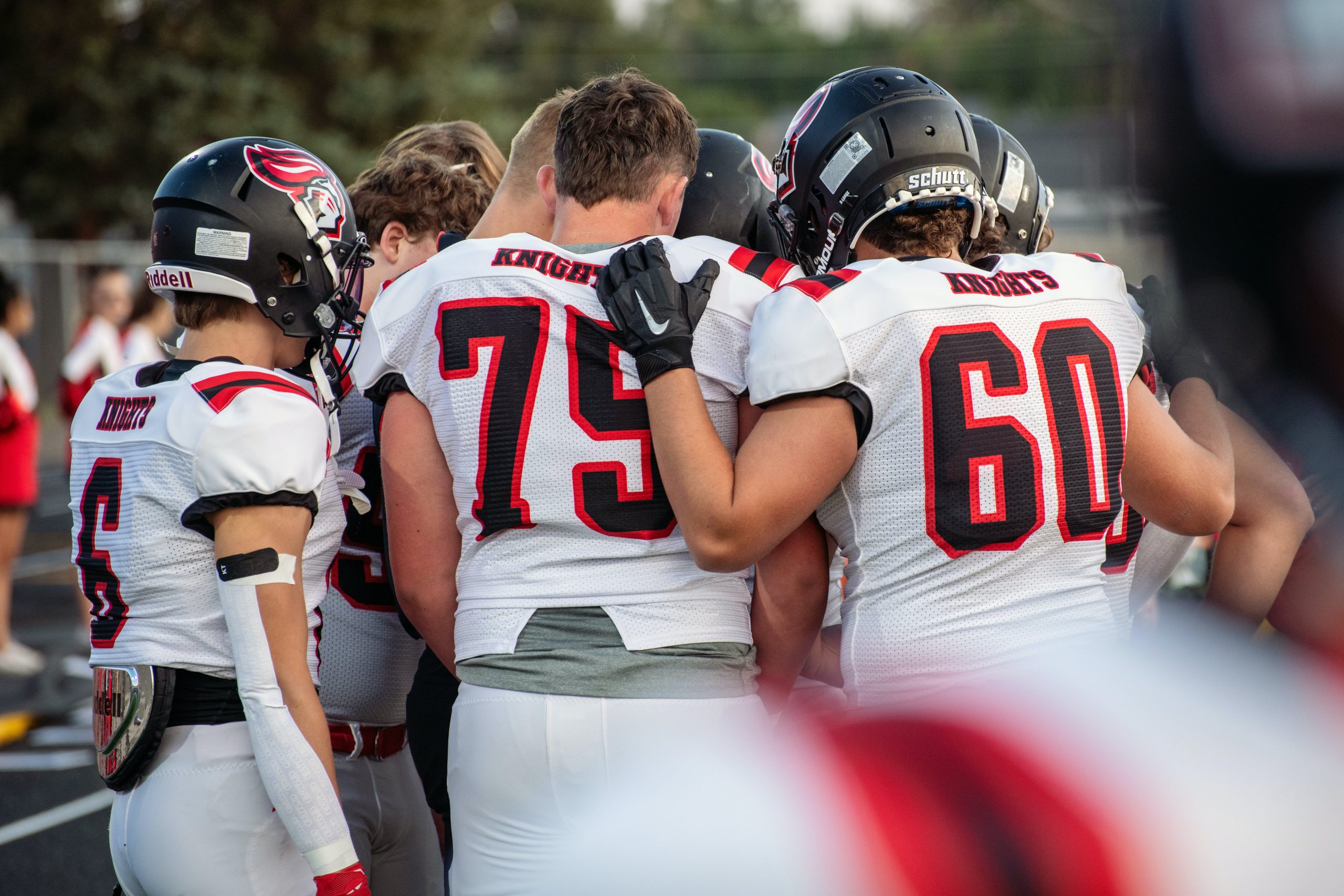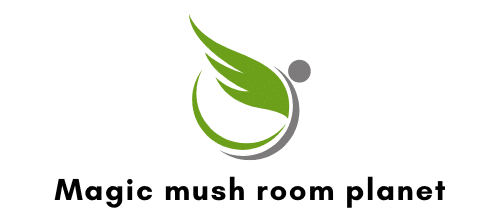How do sports teams address the challenges of communication and language barriers among multinational players?

The Significance of Communication in Team Sports
In the world of team sports, clear and effective communication is paramount. Whether it’s a coach delivering tactical instructions to the players, athletes coordinating their game strategies, or team members building rapport off the field, successful communication plays a vital role.
A recent crossref study highlighted that the relationship between a coach and an athlete significantly impacts the athlete’s performance, satisfaction, and well-being. Therefore, it’s not surprising that sports teams and coaches invest considerable time and effort into building communication systems and strategies. However, the rise of sports’ globalisation has introduced a new challenge: language barriers.
A découvrir également : Top 10 soccer bars in miami for unforgettable match experiences
As teams become more multinational, the likelihood of language differences increases. English, Spanish or Chinese may be the primary language of some players but foreign to others. This cultural and language diversity can create a sense of excitement and enrichment, but it can also lead to misunderstandings and confusion.
Working with Language Barriers: A Coach’s Perspective
The issue of language barriers becomes particularly acute when it comes to coaching. When a coach can’t communicate their strategies, corrections, or encouragements to players because of language differences, it weakens the team’s ability to function cohesively.
A voir aussi : How can sports organizations promote sportsmanship and fair play among young athletes?
Coaches typically use multiple strategies to overcome language barriers. One approach is to learn the basic phrases and words in the athlete’s native language. For instance, if a coach is working with a Chinese player, they might learn how to say "good job," "run faster," or "pass the ball" in Chinese. This shows respect for the athlete’s cultural background and can help establish a bond of trust.
Another strategy is to use visual aids and demonstrations. If verbal instructions aren’t effective, showing the athletes what to do can be a more universal language.
Team Dynamics and Language Barriers: The Athlete’s View
Language barriers can also impact the athletes and their relationships with their teammates. A key part of team sports is building a sense of camaraderie and understanding among the team members. When language barriers exist, this can be more challenging.
Teams have found inventive ways to navigate these obstacles. Some players may take language classes to improve their English or Chinese skills, for example. Others may use translation apps to communicate with their teammates. In some cases, fellow athletes who are bilingual or multilingual can step in as impromptu translators.
It’s also important to remember that communication isn’t solely verbal. Players often communicate through their body language on the field, using gestures, looks, and movements. They develop an understanding of each other’s playing styles and anticipate their actions. This form of non-verbal communication can be a powerful tool for overcoming language barriers.
The Role of Cultural Sensitivity in Communication
Another key aspect of language and communication in multinational sports teams is cultural sensitivity. Language is inextricably linked with culture, and understanding a player’s cultural background can help facilitate better communication.
Cultural sensitivity involves understanding and respecting the cultural norms, values, and traditions of others. For instance, in some cultures, direct criticism can be seen as disrespectful, whereas in others, it’s seen as a sign of honesty and transparency. Coaches and players alike need to understand these cultural nuances to build strong, respectful relationships with each other.
The Impact of Qualitative Research on Communication Strategies
To better understand and address the challenges of communication and language barriers in sports teams, qualitative research has become increasingly important. By studying the experiences and perspectives of athletes, coaches, and other team members, researchers can gain valuable insights into these challenges.
For instance, a qualitative study might involve interviews with athletes to understand their experiences with language barriers and how they’ve overcome them. Researchers could also observe team practices and games to see how communication strategies are implemented in real-world scenarios.
The findings from these studies can then be used to develop more effective communication strategies for sports teams. For example, they might suggest that teams invest in language training for coaches and players, or they might highlight the need for more visual aids in coaching.
In essence, qualitative research can provide a richer, deeper understanding of the complex dynamics of language and communication in sports teams, paving the way for better strategies and solutions.
Incorporating Digital Tools and Language Learning
In the digital age, tools like Google Scholar and Crossref Google have become invaluable resources for sports teams seeking to understand and overcome language barriers. These platforms offer a wealth of scholarly articles and research studies on subjects ranging from interpersonal communication to coach-athlete relationships. Teams can access these resources to learn about communication strategies, language learning techniques, and cultural awareness tactics.
Moreover, many teams are turning to technology to facilitate communication. Translation apps, for instance, allow athletes to communicate effectively despite language differences. Similarly, some teams use interactive digital platforms to teach players the basics of a new language. In the United States, for example, many teams offer English as a Second Language (ESL) programs to help international players adapt.
Additionally, teams are investing in cultural intelligence training for both coaches and athletes. This involves learning about different cultures’ values, norms, and communication styles, which can greatly enhance the communication process. As a result, teams can foster a more inclusive and respectful environment that values diversity and encourages effective communication.
Conclusion: The Future of Multinational Communication in Sports Teams
The challenges of language and communication in multinational sports teams are complex. However, with a combination of language learning, cultural awareness, verbal and nonverbal communication techniques, and the use of digital tools, teams can navigate these obstacles effectively.
Qualitative research plays a critical role in creating these strategies, providing invaluable data analysis to reveal what works and what doesn’t. This information guides the development of new, innovative solutions that take into account the unique dynamics of each team.
In the future, we can expect to see a continued focus on improving communication within sports teams. As the sports world becomes more globalized, the ability to communicate effectively across cultures and languages will only become more critical. The teams that prioritize communication skills and invest in resources to support their multinational players will likely be the most successful.
In the end, the goal is to create an environment where every player, regardless of their cultural background or primary language, can thrive. This requires a commitment to understanding and respecting cultural differences, promoting language learning, and continually improving communication strategies. With these efforts, sports teams can build stronger, more united teams and achieve greater success on the field.
